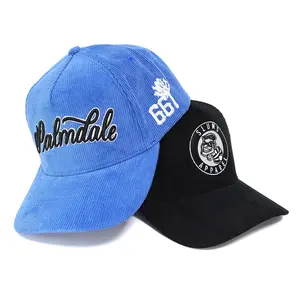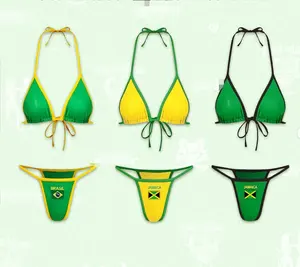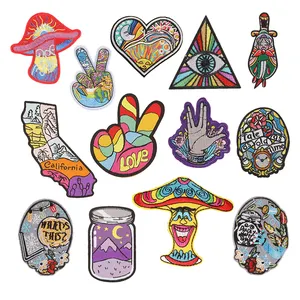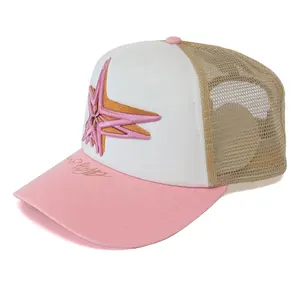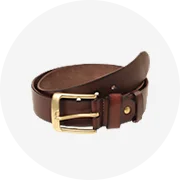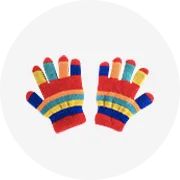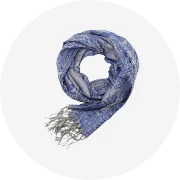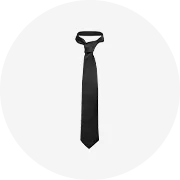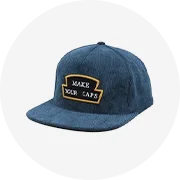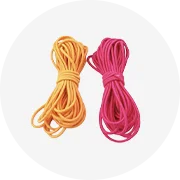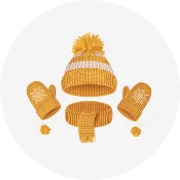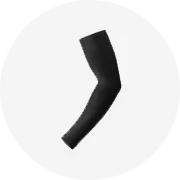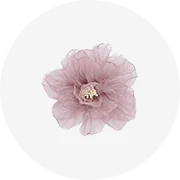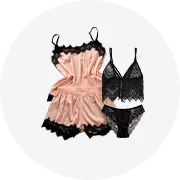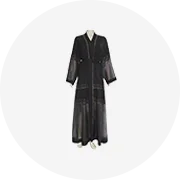Populair in uw branche






Groothandel Precisie Vg12 Damascus Staal Smeden Leeg Blad Diy Vaste Sharp Vervanging Vintage Keuken Chef Mes Alleen
€ 7,65 - € 8,61
Min. bestelling: 2 stukken
Verzending per stuk: € 11,16



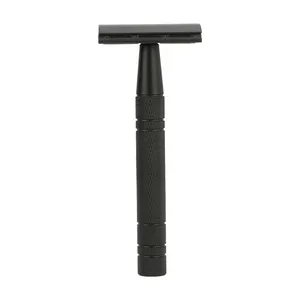


Metalen Rvs Veiligheid Scheermes Duurzame Dubbele Rand Scheermes Goedkopere Scheren Scheermesjes
Klaar voor verzending
€ 1,77 - € 2,18
Min. bestelling: 50 stukken
Verzending per stuk: € 1,05







Bulk Luxe Bestekset Op Maat Logo Zwart Elegant Roestvrijstalen Bestekset Voor Feest
€ 0,2133 - € 0,3523
Min. bestelling: 2 stukken







Royal Diner Zilveren Lepel Vork Roestvrij Staal Bestek Paar Bestek.
Klaar voor verzending
€ 0,204 - € 0,4357
Min. bestelling: 1 set
Verzending per stuk: € 4,76






Nieuw Sdi K403 Mes 60 Graden Volledig Mes 9Mm Kleine Kunstsnijder Filmgravure Volledig Zwart Gelegeerd Gereedschapsstaal Roestvrij Staal
€ 0,547 - € 0,6026
Min. bestelling: 100 dozen







Grandsharp 7 ''Professionele Chinese Handgemaakte Gesmeed Keukenmes High-Carbon Bekleed Staal Keuken Chef Slachten Messen Bestek
Klaar voor verzending
€ 0,788 - € 5,97
Min. bestelling: 2 stukken
Verzending per stuk: € 13,21






Outdoor Nieuwe Camping Hoge Koolstofstalen Mes Vast Mes Jachtmes Met Zwart Met Lederen Schede
€ 11,59 - € 15,30
Min. bestelling: 10 stukken






Damascus Staal Keukenmes Custom Top Ontwerp 2023 Keuken Handgemaakt Damascus Staal Vast Mes Keuken
€ 12,84 - € 15,62
Min. bestelling: 10 stukken






Custom Size Handgemaakte Professionele Damascus Staal Keukenmessen Custom Vast Mes Koksmes Te Koop In Bulkhoeveelheid
€ 8,35 - € 11,13
Min. bestelling: 5 stukken






Hot Selling Survival Mes Op Maat Mes Damascus Staal Jacht Survival Mes Vast Mes Skinner Mes Met Leathersheath
€ 8,35 - € 13,91
Min. bestelling: 500 stukken






2024 Handgemaakt Camping Damascus Stalen Mes Met Vast Mes Damascus Staal Jachtmes Hele Verkoop Hert Hoorn Handvat
€ 7,42 - € 10,20
Min. bestelling: 50 stukken






Gerelateerde zoekopdrachten:





Laguiole 3 Stuks Roestvrijstalen Handvat Bestekset Bestek Set Keuken Accessoires Kaasmes Set
€ 1,76 - € 3,51
Min. bestelling: 2000 stukken
Verzending per stuk: € 3,67





Bestek Folding Zakmes Outdoor Camping Jacht Siwi Vaste Mes Edc Zakmes
€ 2,40 - € 2,46
Min. bestelling: 1000 stukken
Verzending per stuk: € 1,51






Oem Chef Keuken Hoge Kwaliteit Damascus Stalen Messen Vast Mes Handgemaakte Keuken Koksmessen Met Aangepaste Logo En Ontwerp
€ 11,13 - € 12,98
Min. bestelling: 10 stukken






Professionele Dispatch Fixed Blade Outdoor Camping Keuken Cutter Mes Set Met Houten Handvat
€ 0,2133 - € 0,2596
Min. bestelling: 1000 stukken






Custom Handgemaakt Koolstofstaal Vikingmes Met Hand Smeedwerk Handvat En Fijne Lederen Schede Gesmeed Puukko Vast Mes
€ 6,49 - € 12,06
Min. bestelling: 10 eenheden






Meatcrafter 15500 G10 Handvat Vast Mes Kamperen Vol Tang Jacht Uitbeenmes Met K Schede
Klaar voor verzending
€ 20,68 - € 23,18
Min. bestelling: 2 stukken






Fruitmes Handvat Huishoudmes Keukengerei Messen Roestvrij Staal Met Set Peeling Plastic Zilver Populair Hakmes Pp Plastic
€ 0,1298 - € 0,1484
Min. bestelling: 100 dozen
Verzending per stuk: € 0,5655






Roestvrijstalen Buitenmeubels Make-Up Ijdelheid Koffie Luxe Eettafel Serviesgoed Mes Vork
€ 0,1391
Min. bestelling: 100 cases
Verzending per stuk: € 0,686






Custom Handgemaakte Damascus Staal Blade 4 Stuks Koksmes Keuken Mes Met Lederen Schede
€ 21,51 - € 24,11
Min. bestelling: 30 stukken






Outdoor Duitse Jacht Fixed Blade Met Schede Filet Camping Mes Set
€ 0,927 - € 9,00
Min. bestelling: 1000 stukken












Meatcrafter 15500 G10 Handvat Vast Mes Kamperen Vol Tang Jacht Uitbeenmes Met K Schede
Klaar voor verzending
€ 20,68 - € 23,18
Min. bestelling: 2 stukken
Verzending per stuk: € 7,19





1095 Hoge Koolstofstalen Mes Vast Mes Jachtmes Met Zwart Gepoedercoat Mes Met Lederen Schede
€ 9,27 - € 12,05
Min. bestelling: 10 stukken






Keukenmessenset, Op Maat Gemaakt Handgemaakt Damascus Staal Vast Mes Keuken Koksmes Van Goede Kwaliteit Aangepast Mes
€ 12,84 - € 15,62
Min. bestelling: 10 stukken






Hot Selling Survival Mes Custom Size Mes Rvs Jacht Survival Mes Vast Mes Skinner Mes Met Leathersheath
€ 8,35 - € 13,91
Min. bestelling: 500 stukken

Hot Selling Laguiole Pakka Houten Handvat Roestvrijstalen Keukenmes Champagne Mes Voor Diner En Keuken
€ 6,96 - € 9,95
Min. bestelling: 100 stukken
Verzending per stuk: € 7,05






Custom Made Chef Servisch Handgemaakte High Carbon Damascus Staal Keuken Mes Met Lederen Cover Fixed Blade
€ 14,84 - € 24,11
Min. bestelling: 5 stukken






Diy Damascus Staal Aus10 Koksmes Sets Blanco Mes Maken Materiaal Mes Japans Staal Blanco Mes Koken Diy Tools
Klaar voor verzending
€ 7,78 - € 17,18
Min. bestelling: 2 stukken
Verzending per stuk: € 36,16






Oem Chef Keuken Hoge Kwaliteit Damascus Stalen Messen Vast Mes Handgemaakte Keuken Koksmessen Met Aangepaste Logo En Ontwerp
€ 11,13 - € 12,98
Min. bestelling: 10 stukken





Custom Handgemaakte Damascus Stalen Mes Koksmes Keukenmes Met Zwart Lederen Schede
€ 15,30 - € 19,94
Min. bestelling: 50 stukken






Hoogkoolstofstaal Gesmeed Viking Hakmes Middeleeuws Mes Dame Vikingmes
€ 6,49 - € 12,98
Min. bestelling: 10 eenheden






Met De Hand Gesmeed Smid Mes-Hoog Koolstofstaal Koksmes Met Uniek Patroon
€ 23,18 - € 45,43
Min. bestelling: 1 set






Met De Hand Gesmeed Damascus Staal Vast Mes Jagen En Kampeermes Met Olivewood En Palissander Handvat En Schede
€ 7,42 - € 11,13
Min. bestelling: 10 stukken

Hot Selling Houten Handvat Laguiole Rvs 6 Stuks Steak Mes Set Keuken Accessoires Voor Diner
€ 1,67 - € 29,67
Min. bestelling: 500 stukken






Premium Kwaliteit Handgemaakt Jachtmes Vast Mes Mes Met Lederen Schede Buitenmes
€ 33,38 - € 37,08
Min. bestelling: 10 stukken






Vaste Messen Damascus Staal Chef Keukenmessen Beste Ontwerp Roestvrijstalen Keuken Koksmes
€ 8,35 - € 11,13
Min. bestelling: 5 stukken






Outdoor Hunting Camping Survival Reden Handvat Tactisch Vast Mes Met Zwarte Schede
€ 0,927 - € 3,71
Min. bestelling: 1000 stukken






Top Kwaliteit Koksmes Fabrikanten Damascus Staal 7.6 Inch Professionele Keuken Fixed Blade Chef Mes Met Lederen Scheden
€ 16,69 - € 23,18
Min. bestelling: 5 stukken
Topcategorieën
Over staal vast mes bestek
Of ze nu worden gebruikt voor de winter of om een formele of casual outfit te upgraden, het aanbod van staal vast mes bestek op Alibaba.com zal zeker indruk maken op iedereen. Verkrijgbaar in een groot aantal prachtige stijlen en modellen, deze staal vast mes bestek zullen zeker elk lichaamstype en lengte flatteren. De jassen die op de site worden aangeboden, zijn van betrouwbare merken die bekend staan om het gebruik van materialen van superieure kwaliteit en fijne stiksels en afwerkingen. Deze zullen elke look naar een hoger niveau tillen en aantrekkelijker maken.
De staal vast mes bestek die op de site worden aangeboden, zijn verkrijgbaar in parka, puffer en trenchcoat, naast talloze andere. Deze zijn verkrijgbaar in traditionele kleuren zoals zwart en bruin, maar ook in modernere en innovatieve tinten en tinten. Al deze hebben ingewikkeld ontworpen knopen die perfect passen bij de sfeer en stijl van de jas waarop ze zijn geplaatst. Er zijn ook verschillende stijlen mouwen en manchetten die helpen om de kledingstukken te onderscheiden.
De staal vast mes bestek op Alibaba.com kunnen worden gecombineerd met nette schoenen en formele overhemden of met casuals om een fusiestijl te creëren. Met verschillende soorten jassen die worden aangeboden, zijn er varianten die geschikt zijn voor alle weersomstandigheden. Deze zijn ontworpen voor ultiem gemak en hebben vakkundig geplaatste zakken en goed gemaakte kragen die passen bij het weer en de beoogde trend.
Blader door het enorme aanbod van staal vast mes bestek op Alibaba.com en kies degene die het beste past. Deze ongelooflijk verfijnde kledingstukken zullen zeker indruk maken en er bij elke gelegenheid aantrekkelijk uitzien. Tegen concurrerende tarieven willen leveranciers zeker in bulk inkopen.
De staal vast mes bestek die op de site worden aangeboden, zijn verkrijgbaar in parka, puffer en trenchcoat, naast talloze andere. Deze zijn verkrijgbaar in traditionele kleuren zoals zwart en bruin, maar ook in modernere en innovatieve tinten en tinten. Al deze hebben ingewikkeld ontworpen knopen die perfect passen bij de sfeer en stijl van de jas waarop ze zijn geplaatst. Er zijn ook verschillende stijlen mouwen en manchetten die helpen om de kledingstukken te onderscheiden.
De staal vast mes bestek op Alibaba.com kunnen worden gecombineerd met nette schoenen en formele overhemden of met casuals om een fusiestijl te creëren. Met verschillende soorten jassen die worden aangeboden, zijn er varianten die geschikt zijn voor alle weersomstandigheden. Deze zijn ontworpen voor ultiem gemak en hebben vakkundig geplaatste zakken en goed gemaakte kragen die passen bij het weer en de beoogde trend.
Blader door het enorme aanbod van staal vast mes bestek op Alibaba.com en kies degene die het beste past. Deze ongelooflijk verfijnde kledingstukken zullen zeker indruk maken en er bij elke gelegenheid aantrekkelijk uitzien. Tegen concurrerende tarieven willen leveranciers zeker in bulk inkopen.

